Housing
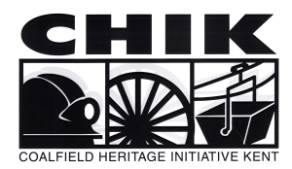
Kent was almost entirely an agricultural county when coal was discovered in 1890. With projections of up to 50,000 miners being required, one of the biggest problems facing the industry was where to house them.
Workers at the Shakespeare Colliery all lived in Dover and it was expected that the workers at the later pits of Guilford, Snowdown and Tilmanstone would also live in the town. Speculator Arthur Burr, however, had different ideas: he wanted the miners to be close to the sinkings. Burr leased Elvington Court near Tilmanstone and fitted it out with dormitories. He then began to build small estates at Elvington, Woolage, Stonehall and Snowdown. Later the Tilmanstone Miners Dwellings Syndicate was formed to build a colliery village of 230 houses at Elvington.
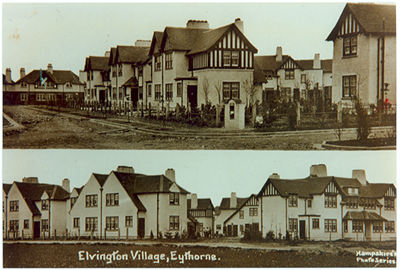
Housing stock at Elvington, near Eythorne, built to house the Tilmanstone miners

Building Elvington Colliery Village, Eythorne. 1910
Most Snowdown miners lived in Dover until the development of the town of Aylesham started in 1926. Aylesham was an ambitious model town of 3000 houses meant to serve Snowdown and a new pit at Adisham. This pit never materialised and Aylesham was only partly finished, providing 650 houses. Because it was built in the middle of farm lands, Aylesham was very isolated and so every attempt was made to make it self-sufficient, ensuring it had its own shops, social clubs, schools, churches and sports facilities.
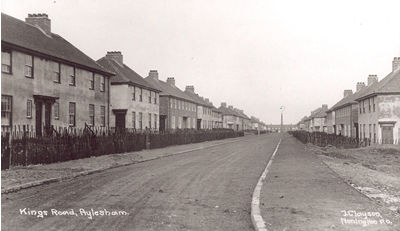
Kings Road Aylesham 1930
Chislet colliery too was isolated and most of its miners had to live at Ramsgate and travel in by train. A village of one thousand houses, later named Hersden, was planned for a site opposite the colliery but only 165 houses were built.
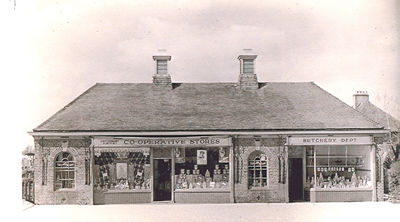
Co-op butchers shop, Hersden, c 1950.
Betteshanger miners initially lived in Deal but found themselves very unwelcome there. As a result, in 1929 Mill Hill was purchased by the Snowdown & Betteshanger Tenants Ltd for 950 houses plus social and sport facilities. At this time, Mill Hill was isolated farmland on the outskirts of Deal, but in the years since 1929 it has been absorbed into the town boundaries.

Miner's wives, Mill Hill Estate, Deal. 1938
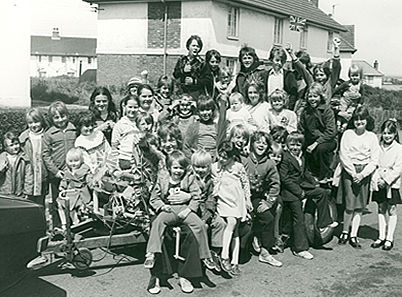
Children’s Jubilee Celebration, Circular Rd., Betteshanger Colliery, 1977
In 1925, government plans predicted there would be eighteen pits in East Kent and they believed an additional 55,600 houses would be needed for new miners. These were to be provided by a range of new towns such as New Wingham (20,000 residents), New Woodnesborough (12,000 residents) and a redevelopment of the tiny hamlet of Ham in to a massive town of 31,000. None of these government predictions for the coalfield were to materialise and these new towns did not appear.